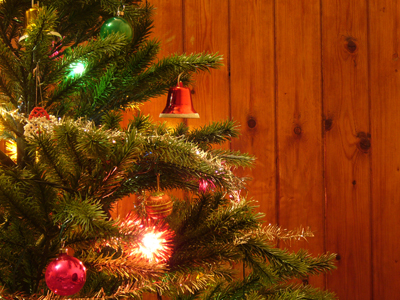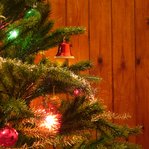It’s something we’d prefer not to think about during the holiday season as boxes of ornaments are dusted off and long strings of lights are untangled, but as your family gathers this year it is important to consider the safety of your Christmas tree.
 Christmas tree fires are not common, but when they occur they tend to be serious. One in every 66 reported Christmas tree fires resulted in death.
Christmas tree fires are not common, but when they occur they tend to be serious. One in every 66 reported Christmas tree fires resulted in death.
Between 2006 and 2010, fire departments in the United States responded to an average of 230 home fires that started with Christmas trees each year. An average of four deaths per year, 21 injuries and $17.3 million in property damage resulted from these fires.
Suffolk County Executive Steve Bellone has offered a series of fire and safety tips for Christmas trees on behalf of the Department of Fire Rescue and Emergency Services to help keep Long Islanders safe and secure this holiday season.
When selecting a natural Christmas tree, make sure it bears a healthy green appearance, and is not a shade of brown which indicates dryness. You can test a tree’s dryness by shaking it, or bumping it on the ground while checking for excessive needle loss, especially on the tips of branches. Or, you can test a tree’s freshness by selecting a needle toward the end of a branch and bending it. If the needle breaks, the tree is likely too dry.
Select a tree that is the appropriate size for the space in which it will be displayed. After finding the tree that’s perfect for you, have the staff at the tree lot cut an additional half-inch of the trunk before leaving the lot. Store the tree in water until it is ready to be displayed.
When displaying a natural Christmas tree, choose a space that in not in a path frequently travelled or where children might play, and keep it away from doors, stairs and windows. Maintain a minimum of three feet between the tree and any heat sources, and place the tree at least the distance of it’s own height away from open flames.
To ensure the longevity of your tree’s health, make sure that the tree stand has an adequate water reservoir. A tree can consume a quart of water per inch of tree trunk diameter. Watering the tree is the most important aspect of keeping the tree healthy, and water reserves should be checked frequently.
Other important tips include unplugging all lights on the tree when the family retires for the evening and the tree is left unsupervised. Be sure to check all string lights for frayed wires or faulty bulbs. Never use real or artificial lights to decorate a tree. On Christmas day, be sure to keep wrapping paper away from the tree and electric lights. Do not attempt to burn a Christmas tree in an open fire place after the season has ended.
Share your thoughts on this article by posting a comment below, or by visiting our Long Island Living discussion forum.










